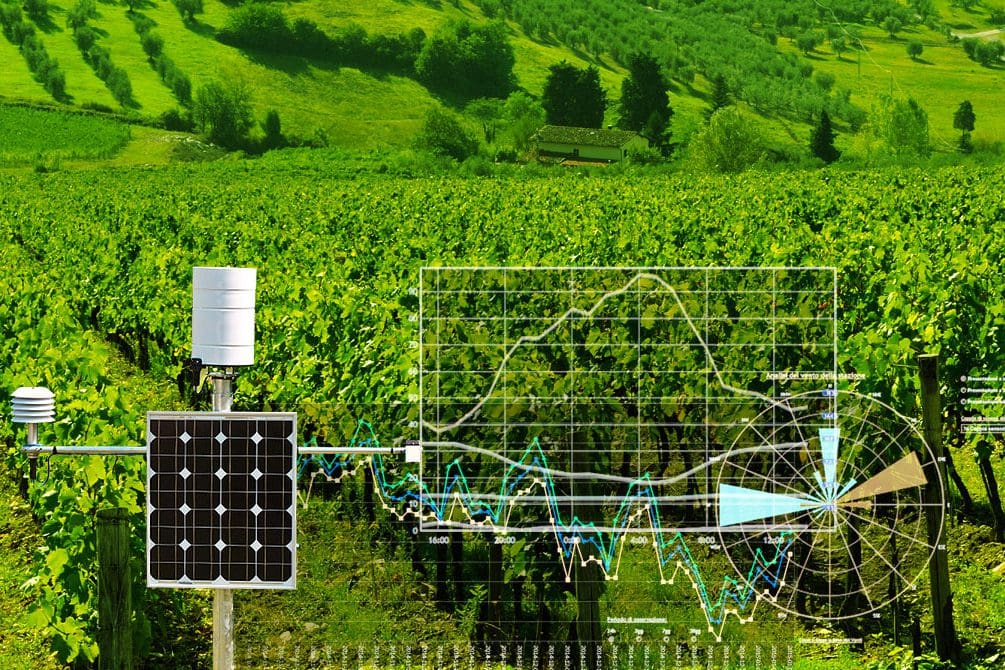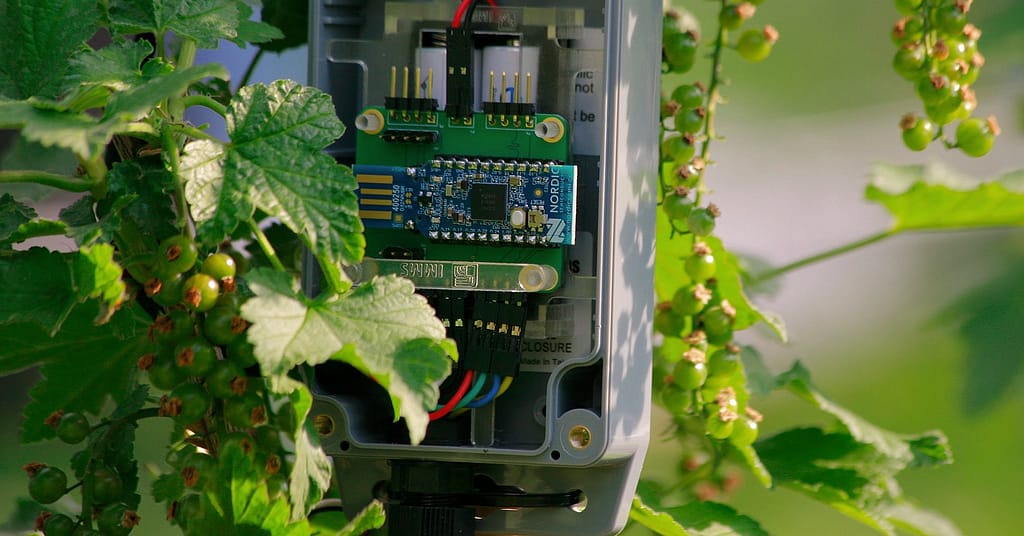In an era marked by increasing environmental awareness, businesses are increasingly recognizing the importance of using environmental monitoring devices. This commitment goes beyond ethical considerations and extends to tangible benefits, including reducing operational risks, increasing productivity, and data improvement.
One of the most valuable tools in this endeavor is the use of environmental monitoring devices, which allow businesses to remotely track and manage key environmental factors and assets. In this article, we want to explore the significance of environmental monitoring devices for businesses – emphasizing their role in safeguarding assets and increasing business efficiency.
To read our complete guide on this revolutionary technology, click here.

Environmental monitoring devices: what are they used for?
Environmental conditions wield a profound influence on the operational dynamics of businesses across various industries.
These conditions span a wide spectrum, encompassing factors such as temperature, humidity, air quality, and other natural variables, which can exert a substantial impact on sensitive manufacturing processes, storage facilities, and intricate supply chains.
Effectively monitoring and managing these environmental parameters has become a pivotal aspect of modern business operations, with a multitude of reasons for its significance.
Sensitive manufacturing processes, especially in industries like pharmaceuticals or electronics, are highly vulnerable to environmental fluctuations. Variations in temperature or humidity, for instance, can lead to compromised product quality or even equipment breakdown.
Above all, timely monitoring enables proactive responses, preventing costly interruptions and preserving the integrity of operations.
The modern globalized supply chain network is intricate and delicate. Environmental conditions can disrupt the flow of goods and materials at any point in the supply chain. By continuously monitoring these conditions, businesses can anticipate and address potential issues before they escalate, thereby enhancing the resilience and efficiency of their supply chains.
Energy consumption and resource utilization are also directly influenced by environmental conditions. Monitoring and optimizing these conditions can lead to significant cost savings. For example, maintaining the right temperature and humidity levels in a warehouse can reduce energy expenses and prolong the shelf life of products.
In many industries, adherence to strict environmental regulations is not only a legal requirement but also a critical aspect of corporate governance. Real-time monitoring helps companies ensure they are in compliance with these regulations and avoid potential fines and reputational damage.

Asset protection
Environmental monitoring devices are indispensable tools that serve as the guardians of valuable assets by continuously and accurately tracking various environmental parameters.
These parameters often encompass critical factors like temperature, humidity, air quality, and more, and their real-time data ensures that assets remain in an ideal state.
Such monitoring technology offers a robust defense against environmental fluctuations that could otherwise lead to asset damage, regulatory violations, and substantial financial losses.
Environmental monitoring devices employ a network of sensors and sophisticated software to track and record environmental variables, continuously cross-referencing them against predetermined thresholds.
Any deviation outside the acceptable range triggers immediate alerts to designated personnel, who can then take corrective action swiftly. This proactive monitoring not only prevents asset damage but also plays a central role in safeguarding the health and well-being of individuals.
Enhanced efficiency
Efficiency is another pivotal factor in achieving and sustaining success in the competitive world of business. In this quest for efficiency, environmental monitoring devices have emerged as valuable tools.
These systems play a crucial role by providing detailed insights into resource consumption, particularly in areas such as energy, water, and other resource-intensive factors.
Their ability to collect, analyze, and report on such data allows businesses to make informed decisions that significantly impact their bottom line while concurrently promoting sustainability.
Environmental monitoring devices are equipped with a range of sensors that monitor energy consumption, which not only helps in understanding how energy is utilized but also pinpoints areas where energy is wasted or used inefficiently.
Similarly, water usage can be closely monitored, identifying leaks, excess consumption, or inefficiencies in water-related processes. Additionally, these systems can be extended to include the tracking of air quality, waste generation, and temperature control, further enhancing the overall environmental efficiency of a business.
The data generated by these monitoring systems is invaluable. It empowers businesses with the insights necessary to optimize their operations. When a company can identify areas where they can reduce resource consumption, they can also reduce associated costs.
For example, a business may discover that a portion of its manufacturing process is using more energy than required due to outdated equipment. Armed with this knowledge, they can invest in energy-efficient machinery or make process adjustments to conserve energy and – consequently – reduce expenses.
In the same way, if a water monitoring system detects leaks in plumbing systems, immediate action can be taken to repair them, preventing water wastage and minimizing costs.

Remote monitoring
Environmental monitoring devices have revolutionized the way businesses oversee and manage their operations across diverse geographical areas. These devices offer a wide range of benefits that go beyond basic environmental data collection, making them essential tools for organizations with dispersed assets or multiple locations.
With a centralized dashboard or software platform, organizations can access data from all their monitoring devices in one place. This remote accessibility eliminates the need for on-site personnel to physically inspect each location, saving time and reducing operational costs.
This allows organizations to set up custom alerts and notifications, enabling them to receive immediate notifications when conditions deviate from preset thresholds, and helping them respond promptly to potential issues before they escalate.
Beyond real-time monitoring, environmental monitoring devices store historical data, which can be invaluable for trend analysis and long-term planning. Businesses can identify patterns and trends in environmental conditions, enabling them to make informed decisions and optimize their operations.
Implementing environmental monitoring devices in your business
Environmental monitoring devices have evolved into indispensable tools for modern businesses. Beyond safeguarding assets, they offer cost savings and improved efficiency, besides contributing to corporate sustainability goals.
That’s why we here at Datanet IoT believe so much in our work. Our environmental monitoring devices are developed for a great plethora of businesses, so we can help in the construction of this technological future by your side.
Get in contact with us so you know more about our services and implement the best environmental monitoring devices in your business today! We’ll be waiting for you to reach out.







